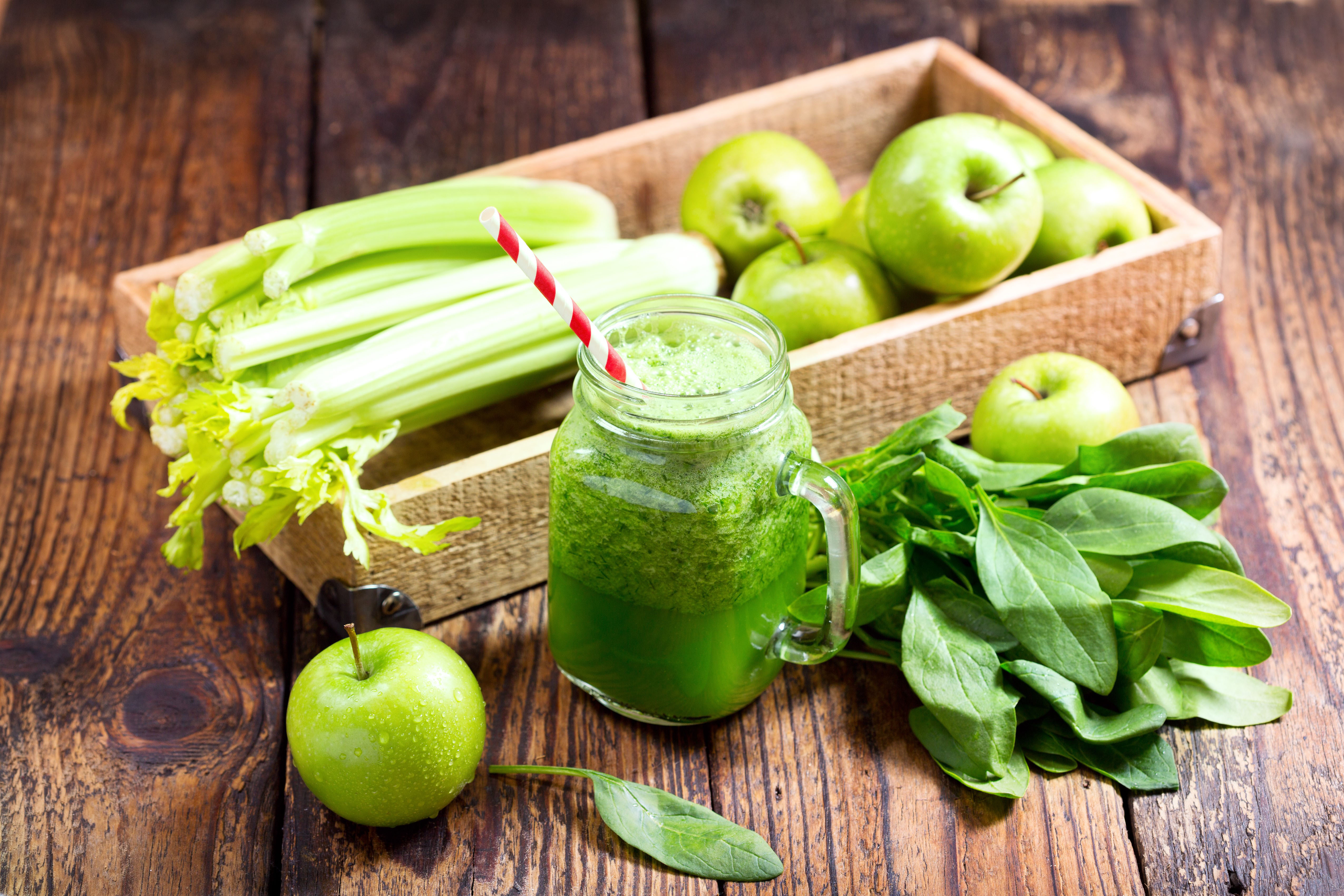
Diabetes has become an epidemic. It is estimated there are 415 million individuals suffering from diabetes worldwide. In fact, it is estimated that one in two people don’t know they have diabetes.
Living with type 2 diabetes can be very challenging. Intake of foods high in starches such as rice, pasta, and bread need to be limited, while excessive amounts of sugar from fruits and juices also need to be reduced. The good news is that type 2 diabetes can be reversed through lifestyle modifications. Since the body still has plenty of insulin in type 2 diabetes, one may reduce the resistance to insulin.
So what causes resistance? Excessive fat and cholesterol, a fatty liver, obesity, and an unhealthy level of processed starches and sugars in one’s diet all chronically lead to insulin resistance and subsequently type 2 diabetes. Reversing the resistance to insulin is not a fast process, so it is unwise to stop current medications or therapy without the assistance of a trained medical provider. But as resistance to insulin improves through weight loss and dietary changes, one will notice better control of their sugar and weight and an increase in energy.
Careful juicing of vegetables and greens is safe in type 2 diabetes. Simply adjust the amounts of carrots and beets in vegetable juices at first and monitor glucose response. Fruit juices can also be used in smaller quantities, with careful adjustments based on your unique response to the sugar content. For example, you may only want to drink three 8oz cups of juice per day rather than 5 cups at the start. Eat a diet high in green salads and colorful vegetables with healthy, lean protein high in fiber such as lentils, legumes, and sprouts.
Apples, oranges, grapes, pineapples, mangoes, and melons are among the highest in sugar content and cause sharp fluctuations in blood glucose. These fruits may especially cause sharp sugar surges when the fiber is removed through the juicing process, therefore lowering the quantity of apples and grapes in juices would be wise at first.
As you notice your sugar levels are improving, you can introduce more apples, oranges, and grapes. Avoid eating dried fruits, bananas, mangoes, and melons as they have a high glycemic index and release a high quantity of sugar in your blood. In general, a diabetic diet should center around anti-inflammatory foods that are packed with phytonutrients and low in sugar. Fruits that are high in phytonutrients and low in sugar are strawberries, blackberries, blueberries, raspberries, and cranberries. (More on an anti-inflammatory diet.)
As a whole, drinking green juices and minimal fruit juices to reduce the inflammatory load on the body and cleanse it can be beneficial and safe for diabetics when careful blood checks are performed. Any signs of weakness, fatigue, dizziness, or altered sense of well-being should be monitored and addressed. A licensed nutritionist or health care provider should be involved to ensure there is a balance in your nutritional intake.
For a diabetes-friendly green juice, choose one or a combination of these: kale, dandelion, bitter melon, cucumber, celery, spinach, cabbage, grapefruit, an assortment of herbs, and (sparingly) green apples and carrots. Cut and chop your ingredients of choice into small pieces, place in your juicer or blender and enjoy!